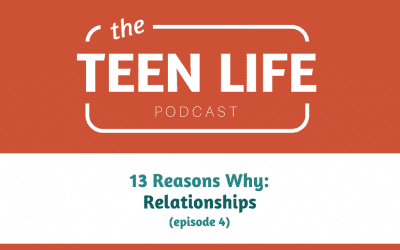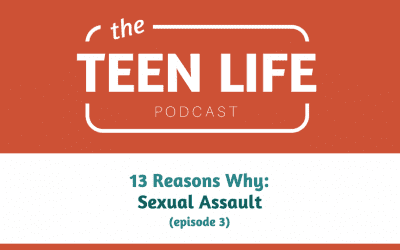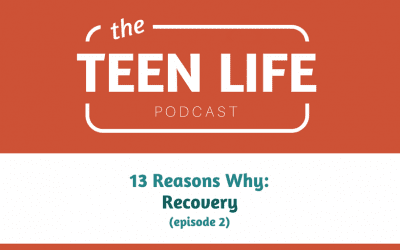No teen deserves to feel alone.
We connect every teenager with trusted adults and resources because no teen deserves to feel alone.
What makes a caring adult a trusted resource? When you complete our easy, online certification, you will leave with the skills and knowledge to connect with teens and help them walk through life’s challenges. You will be fully equipped to lead a Support Group!
OVER
Students helped since 2008
OVER
Trusted adults trained
Looking for resources for your school?
Want to lead support groups?
“One thing I learned from this group is that I always have someone to talk to.”
– Teen Life support group student

I can’t say enough about the benefit with partnering with Teen Life.
The past eight years, I have led or co-led at least one group every year, sometimes two. The curriculum is pertinent and helpful to get kids to talk and engage. Kids need a safe place to be encouraged and to gain skills in coping with school pressures and life stresses.
Heritage MS Counselor
Grapevine/Colleyville ISD
It has been a great blessing to walk beside these kids on their turf.
Equipping them with some tools to help break the generational cycles of self-esteem, relationship, and spiritual poverty, and to assist them in casting a vision on where they want to be and how they might get there.
Jacob
Decatur ISD, Support Groups Facilitator
You’ve got to check this out!
13 Reasons Why: The Role of Adults
In this final episode of the Teen Life Podcast’s series on the Netflix show 13 Reasons Why, the Teen Life staff is talking about the role of adults in teenagers’ lives.
3 Ways to Follow Through
Saying nice things to teenagers is easy…following through is the hard part! Recently I went to lunch with a teen who talked about the power of following through. In the midst of loss, she needed people who would actually show up. Who would stop right there and pray for her. Who would send follow-up texts telling her they were thinking of her. Who would ask about lunch and make it happen. She said the nice things people said meant nothing if they weren’t backed by actions. I have a confession. I am guilty of this. But we can change that! We can be better, more supportive, and more invested. Here are three easy ways to follow through and mean it.
13 Reasons Why: Relationships
Relationships are a critical part of a teenager’s life, and for this episode, we are focusing on romantic and friendship relationships between the characters in 13 Reasons Why.
Going Beyond “Good Job”: How to Praise Teens
For teens that rarely have positive interactions with adults, changing our tune on praise helps them see that they have worth. Let’s move beyond “good job”.
13 Reasons Why: Sexual Assault
The Teen Life Podcast looks at how safe adults can help teenagers approach difficult topics, like rape, consent, male rape, and virginity.
13 Reasons Why: Recovery
Learn what teens are being exposed to when it comes to recovery from the loss of a loved one, an attempted suicide, substance abuse, sexual assault, and more.





